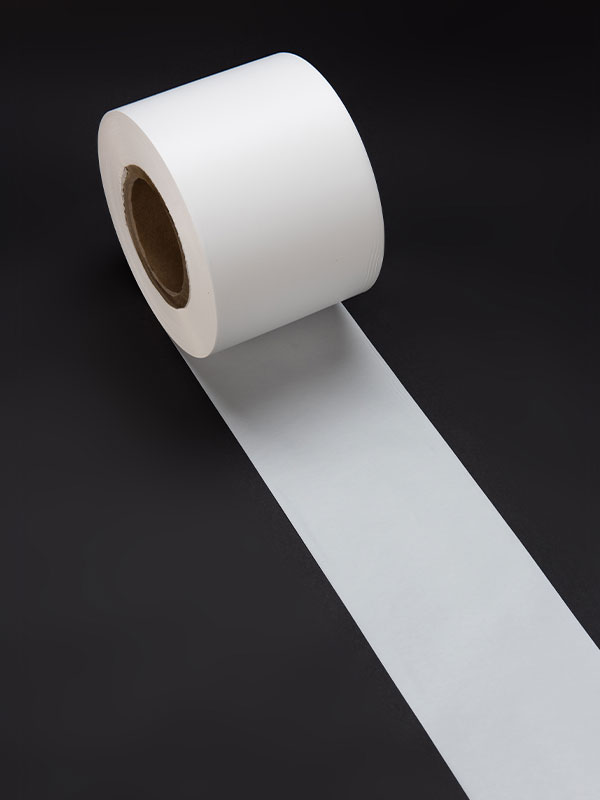Waterproof breathable PE film has gained significant recognition for its remarkable properties, especially in medical protective clothing. However, its application extends beyond healthcare, raising the question of whether this material is safe for everyday use in non-medical settings. To answer this, we need to explore the film's composition, functionality, and potential implications for consumer use.
At its core, waterproof breathable PE film is crafted from polyethylene, a widely used thermoplastic known for its durability and flexibility. The film's breathable properties are achieved through careful engineering, which often includes additives that enhance air permeability and moisture management. These characteristics make PE film appealing for various applications, such as outdoor gear, protective apparel, and even consumer products like rain jackets and tarps. In non-medical settings, the film can provide comfort and protection against environmental factors while allowing for adequate airflow, which is essential for preventing discomfort during prolonged wear.
One of the primary concerns regarding the safety of PE film for everyday use is the potential for skin irritation, particularly for individuals with sensitive skin. Generally, waterproof breathable PE film is designed to be non-toxic and hypoallergenic, making it suitable for a wide range of consumers. However, it’s important to note that the presence of certain additives, such as plasticizers or surfactants, can vary by manufacturer. These additives can sometimes lead to allergic reactions or sensitivities in specific individuals. Therefore, consumers should consider opting for products from reputable brands that provide transparency about their materials and any chemical treatments involved.

Additionally, environmental considerations play a significant role in the safety and sustainability of waterproof breathable PE film. While polyethylene is recyclable, not all products made from this material are designed with end-of-life considerations in mind. In everyday applications, consumers should be aware of the environmental impact associated with single-use items or non-recyclable variants. Manufacturers are increasingly focused on sustainability, developing bio-based or recycled alternatives that maintain the film's performance while minimizing ecological footprints.
Waterproof breathable PE film is generally safe for everyday use in non-medical settings, offering a blend of comfort, protection, and durability. Its breathable nature makes it suitable for various applications, although individuals with sensitive skin should be cautious and choose products carefully. As sustainability becomes a growing concern, consumers should also consider the environmental aspects of PE film. Overall, with informed choices and awareness of material composition, waterproof breathable PE film can serve effectively and safely in various non-medical contexts.

 English
English 中文简体
中文简体 Español
Español






